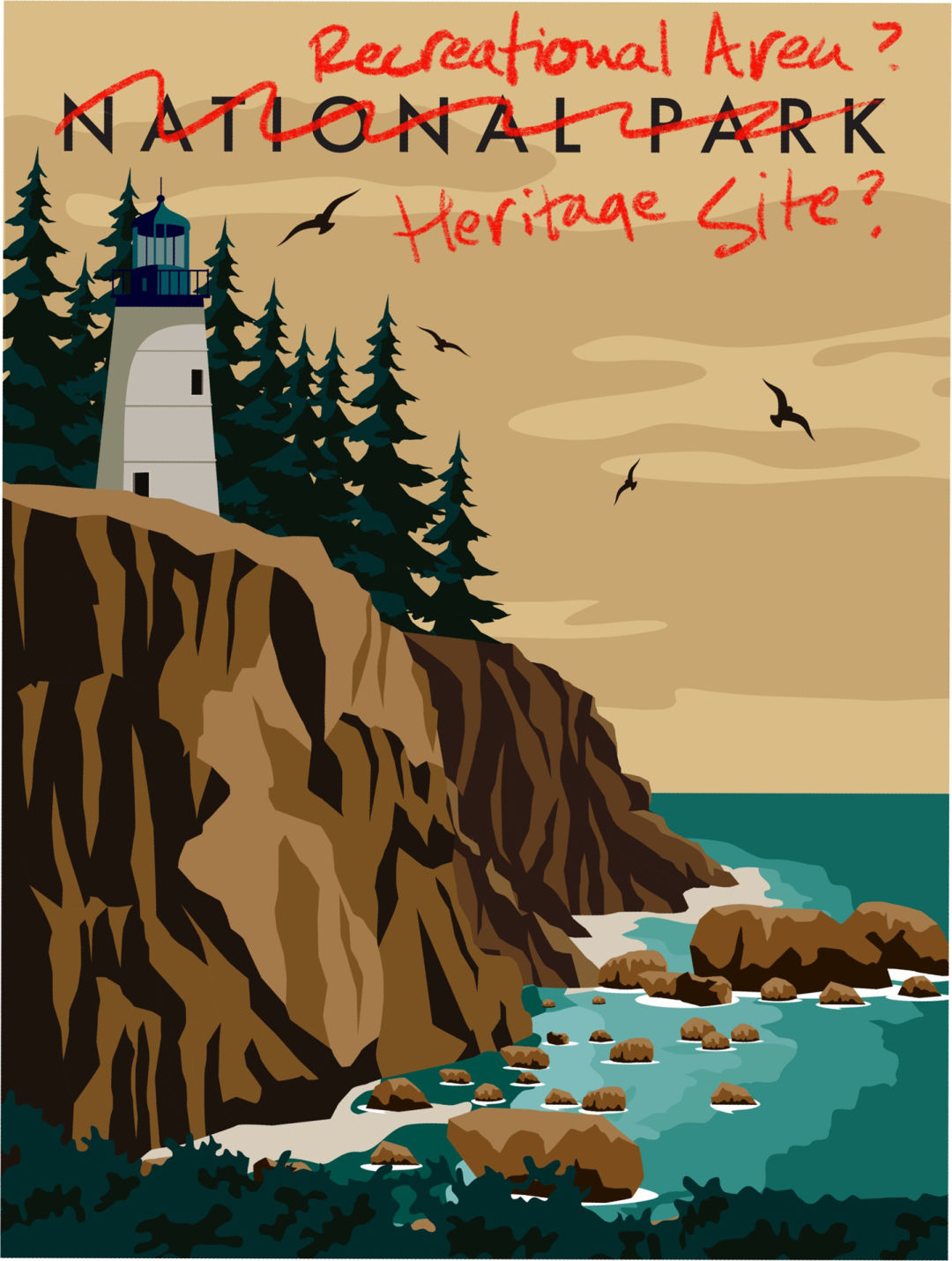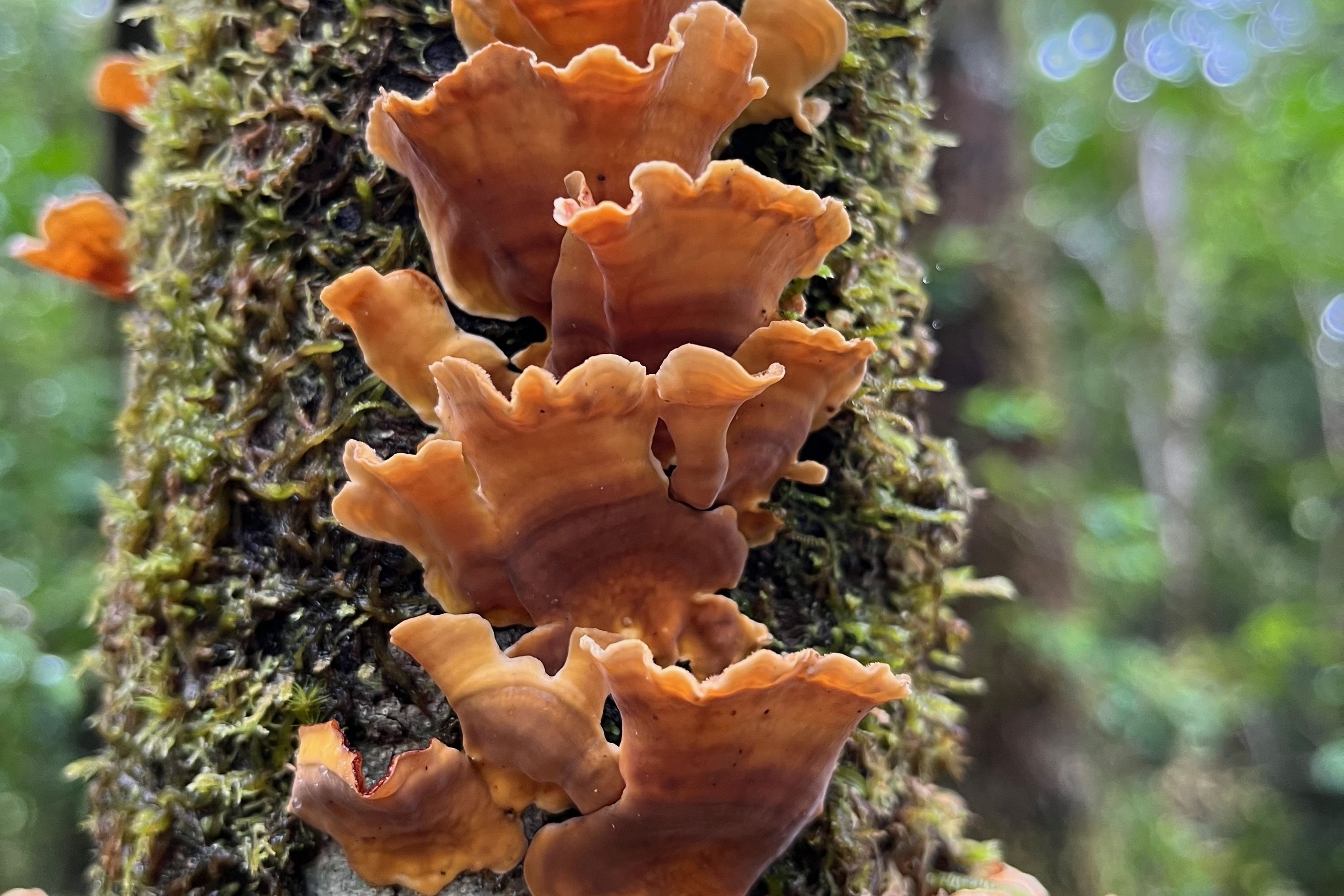An Oregon State Parks Glossary of Terms

Image: Bittersalt Studio
W
onder why Oregon has so many different terms for its state parks? What’s the difference between a park and a recreation area and a heritage site? Are viewpoints and waysides the same thing? If these questions bug you, you’re not alone.
“It’s one of my pet peeves,” says Chris Havel, deputy director of Oregon State Parks. Havel says that when what’s now the Oregon Department of Parks and Recreation split away from the Department of Transportation in 1989, the new state agency wanted to gain a better understanding of the spectrum of properties under its management. That led to a reclassifying of all the different parks based on their features. What they came up with was seven categories for identifying what experiences visitors can have within each.
“State parks are full featured experiences where you’ll typically find major attractions, usually a campground along with large areas for daytime visits, and they tend to be sizable properties,” he says.
According to Havel, a recreation area or site usually focuses on one or two key activities, such as hiking and fishing. Sometimes it includes a campground, but not always.
Another crucial factor in distinguishing name conventions is how they relate to size—a state heritage site is generally going to be a smaller property than a state heritage area.
For example, the Emigrant Springs State Heritage Area in Eastern Oregon’s Blue Mountains features a campground and cabins along with interpretive displays with information about the early travelers who passed through on the Oregon Trail (and long before) and would stop to replenish supplies. The Kam Wah Chung & Co. Museum—a single historical landmark in John Day where early Chinese culture was introduced to Oregon as an herbal apothecary and trading post in the 1870s—is a mere site.
The same goes roadside turnoffs: A scenic corridor, such as the south coast’s Samuel H. Boardman section of US 101, is at least several miles long, with multiple turnoffs for taking in the view. A viewpoint features one stop offering visitors the chance to gaze upon or take photos of an attraction such as the Heceta Head Lighthouse. A wayside is similar but may include additional services such as restrooms, pet areas, and picnic tables.
At the end of the day, Havel says, they’re all state parks.




